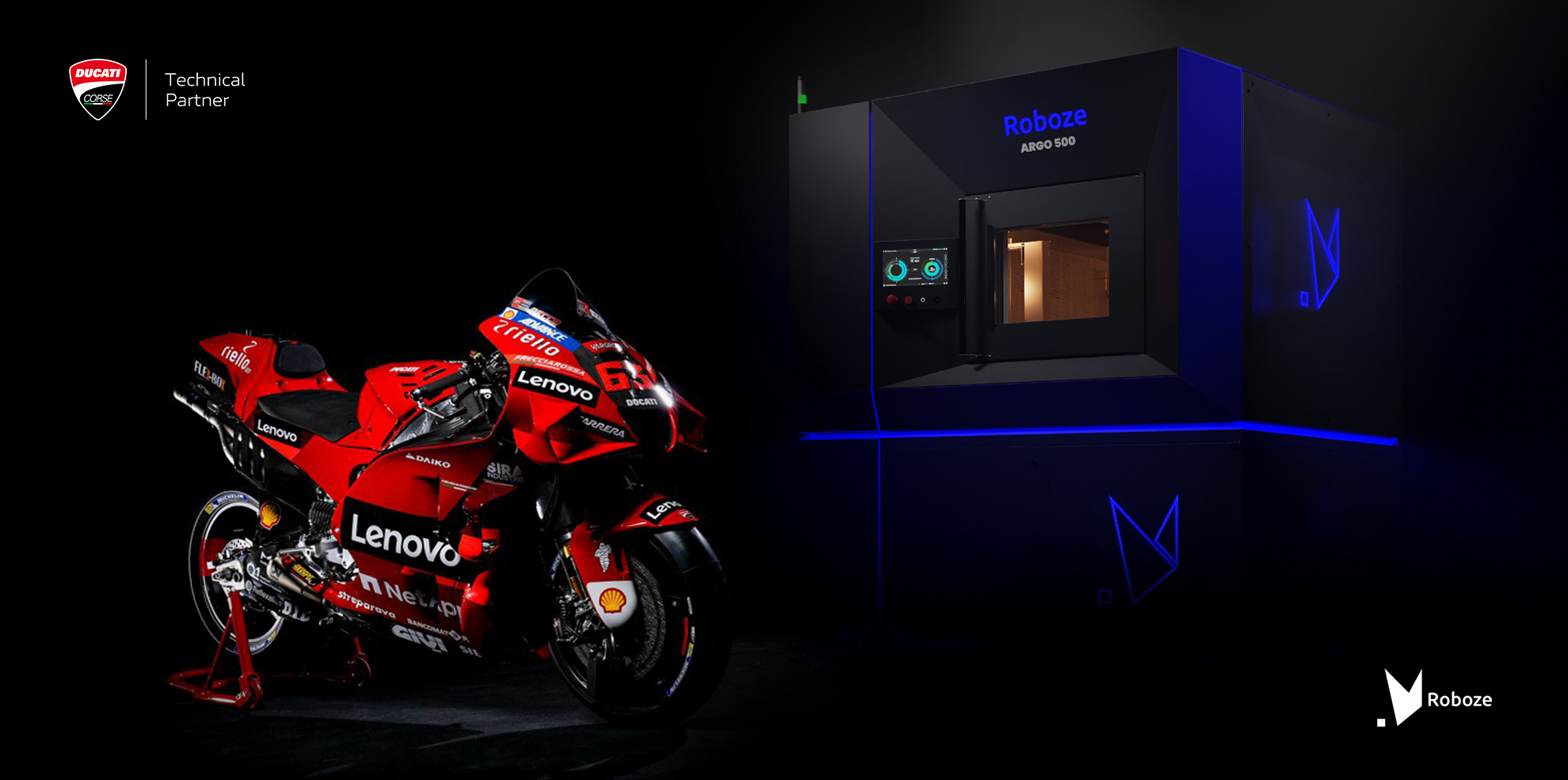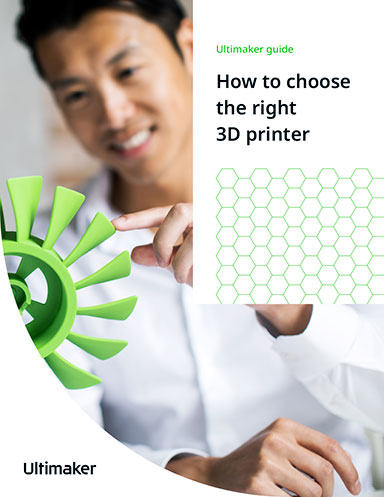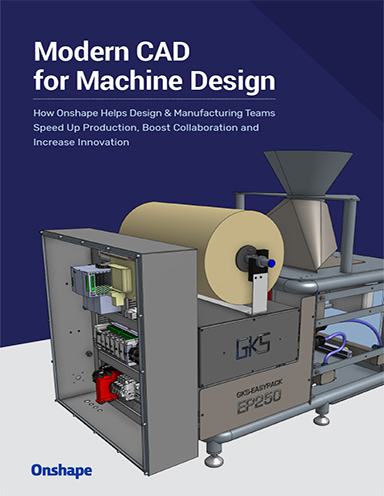Roboze Hits the Track with Ducati Corse
Roboze 3D printers will crank out high-performance composite and super polymer finished components on track during the 2022 MotoGP season.

Roboze technology will be tapped to produce parts of the Desmosedici GP. Image Courtesy of Ducati Corse
Latest News
March 17, 2022
In the racing world, everything has to be optimized for performance: Hundredths of a second can make all the difference between grabbing a first-place win and settling for second place.
Ducati Corse is enlisting a new technical partner in its sprint to the motorsport finish line—it’s teamed up with Roboze, a maker of advanced additive manufacturing systems, to enlist 3D printing in its quest to build lighter and higher performance components and do so while on the race track.
Roboze 3D printers leverage high performance polymers and composite materials to produce aerodynamic components with sophisticated mechanical properties. The partners had been collaborating on use of Roboze AM printers to develop and produce parts of the Desmosedici GP motorbike in the delicate test phases, including sections of the fairing and the heat shields. Based on those positive results, the Ducati Corse team is pushing forward with leveraging Roboze 3D printers on the track throughout the 2022 season that began in Losail, Qatar.
“We have been working with Roboze for more than a year now and thanks to Roboze’s 3D printing technology for super polymers and composites, we have been able to significantly speed up the production of aerodynamic components with incredible mechanical properties,” said Riccardo Savin, Ducati Corse Vehicle Dynamics and Design manager, in a press release.
In addition to its printers, Roboze has made its mark with “super polymers,” its portfolio of polymer and composite materials that deliver mechanical strength and weight, but also chemical and thermal properties suitable for a range of applications. Roboze’s newest addition is Helios PEEK 2005, a composite material developed to increase the mechanical, thermal, and surface finish characteristics of PEEK printed parts. The material is reinforced with ceramic fibers, which help reduce post processing time up to 60% compared to other super polymers and composites, officials say. Moreover, the dispersion of reinforcement within the PEEK matrix is optimized to maximize stability at high temperatures with high detail.
To learn more about Roboze’s Helios PEEK 2005, watch this video.
Subscribe to our FREE magazine, FREE email newsletters or both!
Latest News
About the Author
Beth Stackpole is a contributing editor to Digital Engineering. Send e-mail about this article to DE-Editors@digitaleng.news.
Follow DE





